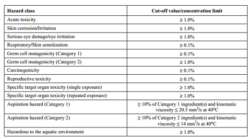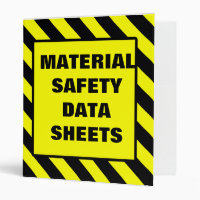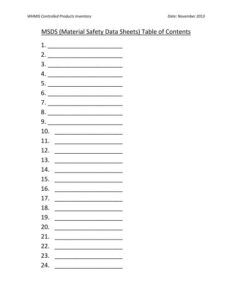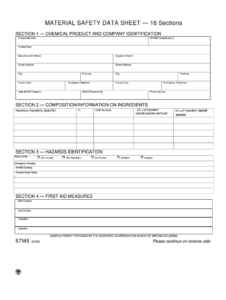A material safety data sheet (MSDS), also known as a safety data sheet (SDS), is a document that provides detailed information about the potential hazards and handling precautions for a particular chemical substance or product. It is an essential tool for ensuring workplace safety and compliance with regulatory requirements. Creating an effective MSDS template is crucial for ensuring the clarity and accuracy of this vital safety document.
MSDSs must adhere to specific guidelines and standards established by various regulatory bodies worldwide. The Globally Harmonized System of Classification and Labelling of Chemicals (GHS) is a widely recognized framework that provides harmonized criteria for classifying and communicating chemical hazards. MSDSs based on GHS ensure consistency in hazard communication across borders, facilitating global trade and compliance.
Essential Components of an MSDS Template
An effective MSDS template should include the following essential components:
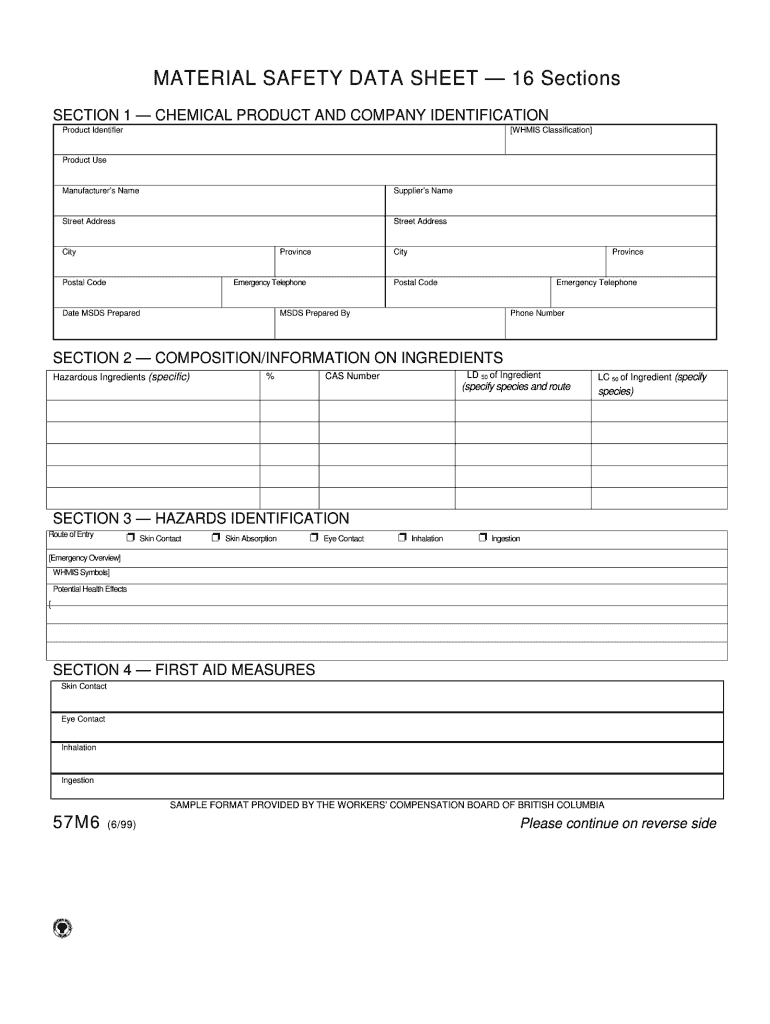
Section 1: Identification: This section identifies the substance or product, including its chemical name, common name, manufacturer, and contact information.
Section 2: Hazard(s) Identification: This section describes the potential hazards associated with the substance or product, including its physical and chemical properties, health hazards, environmental hazards, and other relevant information.
Section 3: Composition/Information on Ingredients: This section lists the chemical components of the substance or product, including their concentration ranges and any hazardous ingredients.
Section 4: First-Aid Measures: This section provides instructions on appropriate first-aid measures in case of exposure to the substance or product.
Section 5: Fire-fighting Measures: This section provides information on extinguishing media, specific hazards during firefighting, and protective equipment for firefighters.
Section 6: Accidental Release Measures: This section describes procedures for containing and cleaning up spills or leaks of the substance or product.
Additional Considerations for an Effective MSDS Template
In addition to the essential components, an effective MSDS template should also include:
Section 7: Handling and Storage: This section provides instructions on safe handling and storage practices, including measures to prevent exposure and contamination.
Section 8: Exposure Controls/Personal Protection: This section provides information on exposure limits, engineering controls, and personal protective equipment (PPE) to minimize exposure to the substance or product.
Section 9: Physical and Chemical Properties: This section provides physical and chemical data about the substance or product, including its appearance, odor, melting point, boiling point, and solubility.
Section 10: Stability and Reactivity: This section describes the stability of the substance or product under different conditions, as well as its reactivity with other substances or materials.
Section 11: Toxicological Information: This section summarizes the toxicological data available for the substance or product, including its acute and chronic health effects.
Section 12: Ecological Information: This section provides information on the environmental fate and effects of the substance or product, including its ecotoxicity, persistence, and biodegradability.
Section 13: Disposal Considerations: This section provides guidance on proper disposal methods for the substance or product and its packaging.
Section 14: Transport Information: This section provides information on the transport regulations for the substance or product, including its classification, packaging requirements, and shipping labels.
Section 15: Regulatory Information: This section lists applicable regulatory information, including chemical inventories, hazard classifications, and relevant laws and regulations.
Section 16: Other Information: This section includes additional information that may be relevant to the safe handling and use of the substance or product, such as references, preparation dates, and revision histories.
By incorporating these essential components and additional considerations into your MSDS template, you can create a comprehensive and effective tool to ensure the proper communication of chemical hazards and promote workplace safety.
